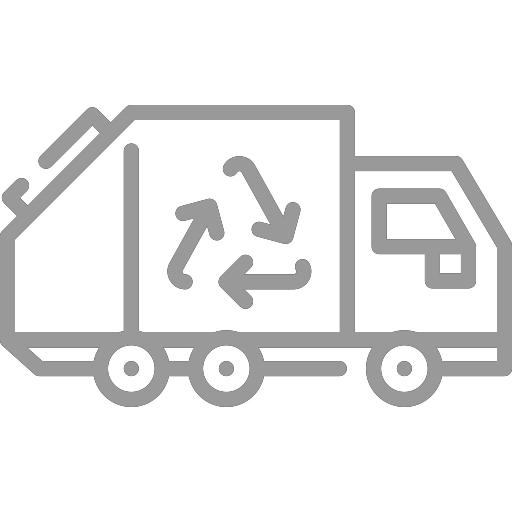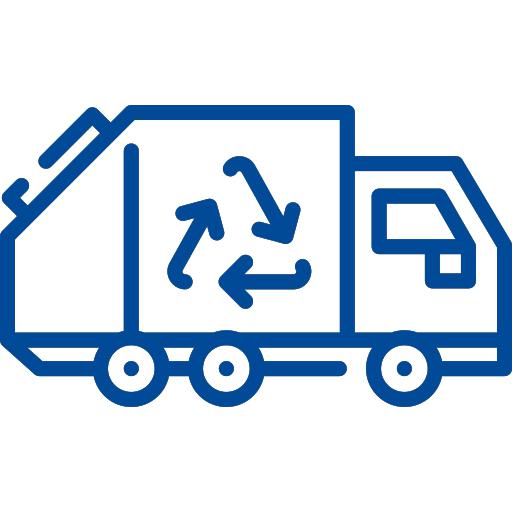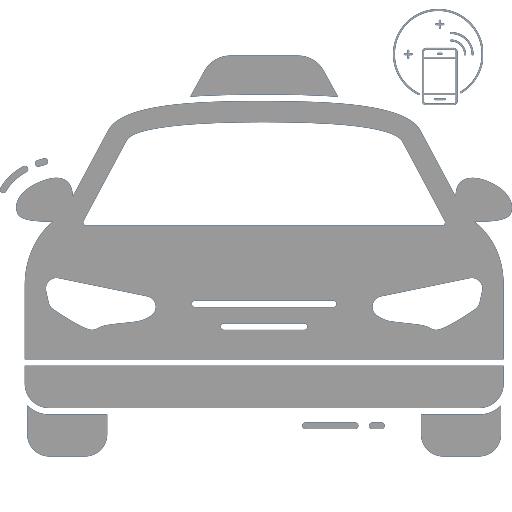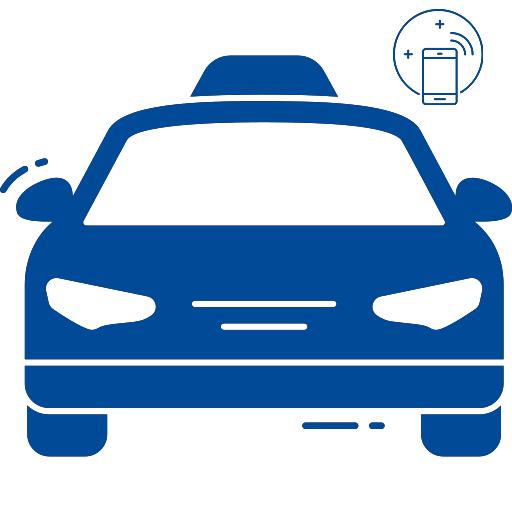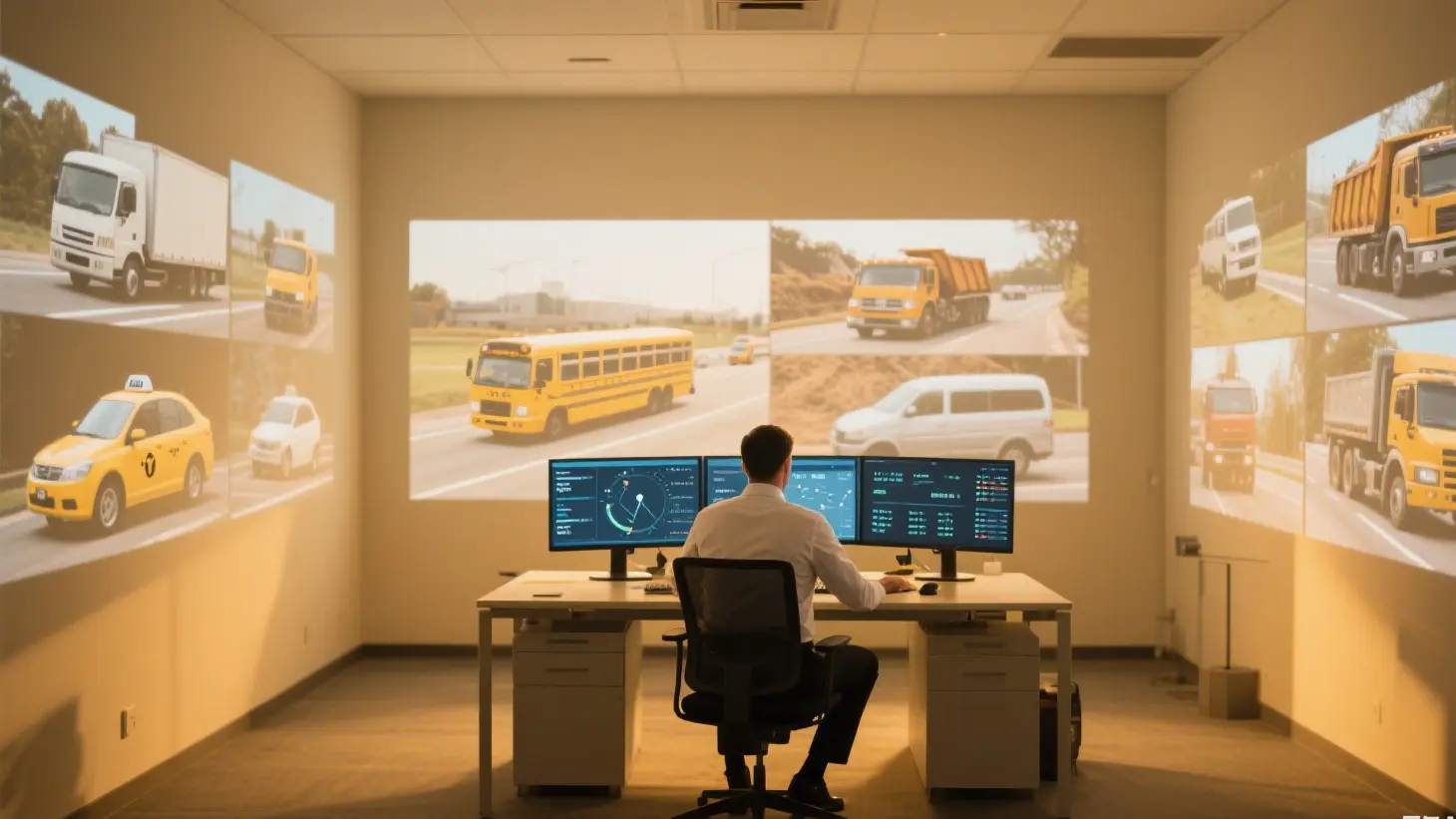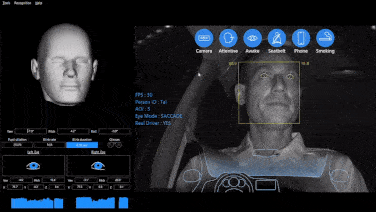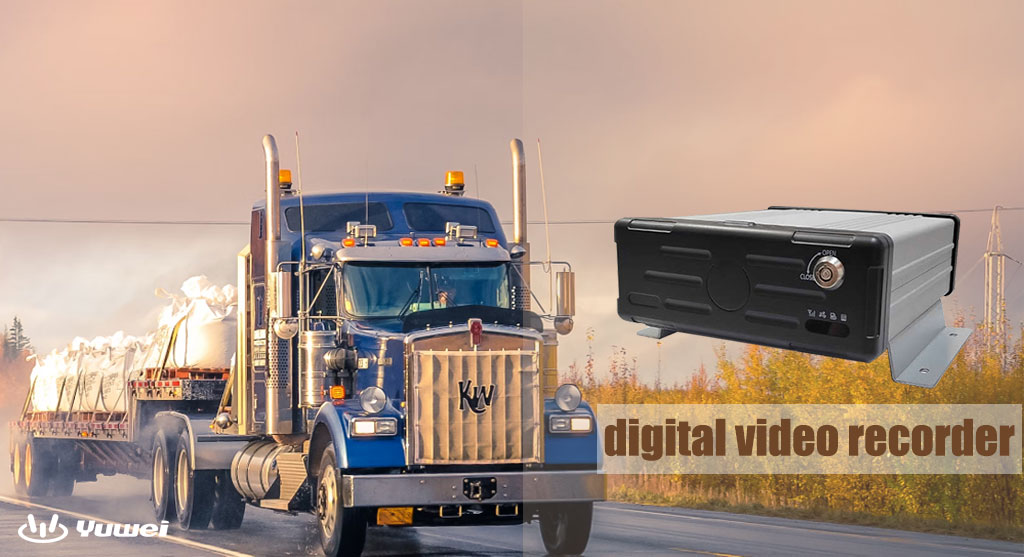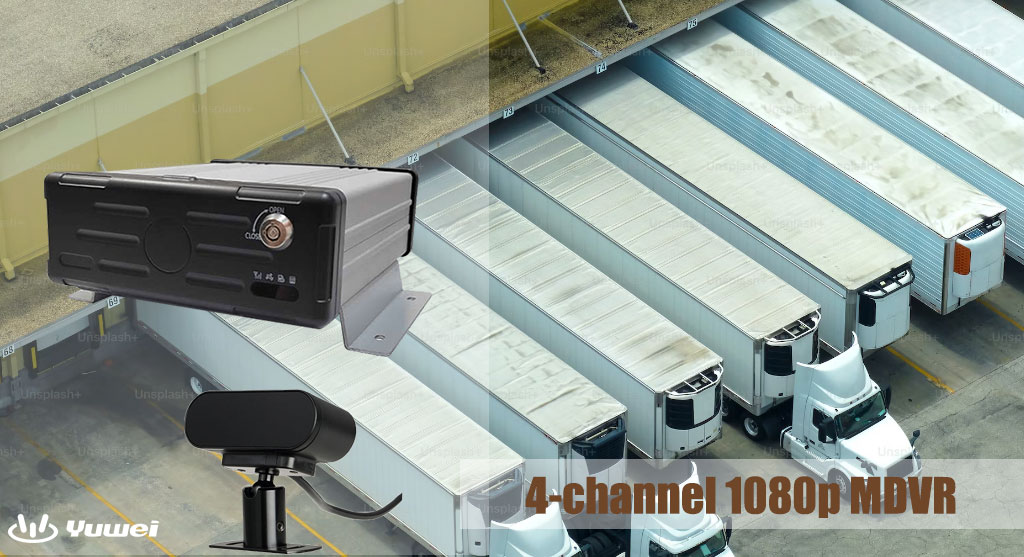Wireless Commercial Truck Camera Systems
Commercial Truck Camera Systems
This system is designed for various types of buses, trucks, vans, and other large commercial vehicles, providing a blind-spot monitoring and warning system. It consists of four high-definition wide-angle cameras (one installed on each side: front, rear, left, and right) mounted around the vehicle.
- The system captures real-time high-definition video with an extensive field of view: 5 meters on each side and 4 meters front and rear.
- The preview is displayed in 3D format, and the final image undergoes precise algorithms to correct distortions, perform image stitching, and blending, resulting in a 360° bird’s-eye view of the vehicle’s surroundings.
- This allows for real-time monitoring of the vehicle's environment and alert status, displayed on a high-definition screen.
- The system can provide forward and side alerts based on vehicle speed, warning the driver with both sound and light signals to ensure safety.
- It also features 4-channel high-definition video recording, continuously stored on the device's memory card, offering strong evidence in case of collisions, scratches, or other traffic incidents.
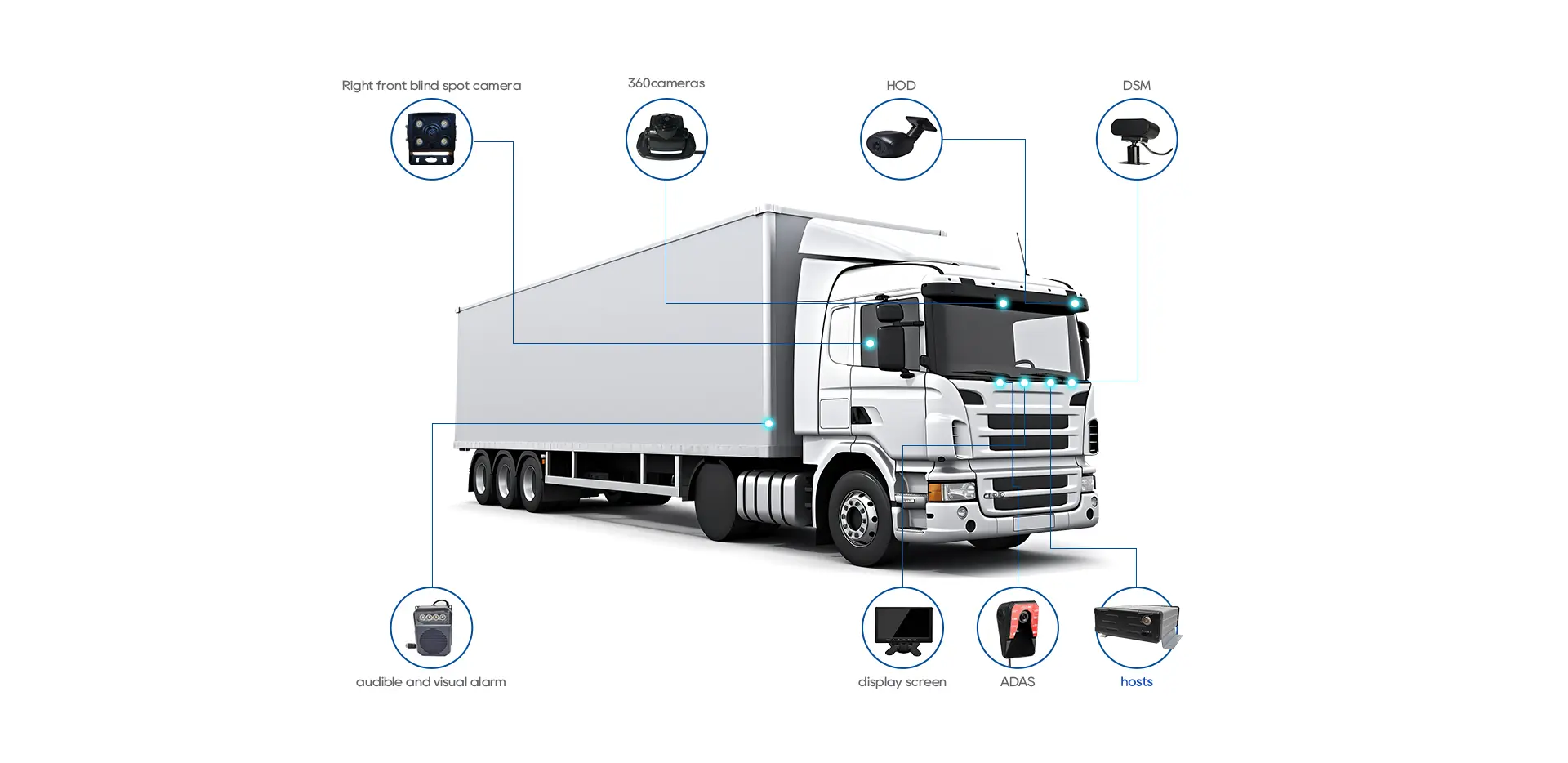
Overview of Intelligent In-Vehicle DVR System
The intelligent in-vehicle DVR (Digital Video Recorder) or DVS (Digital Video System) is the core component of the vehicle monitoring system. It integrates:
- Intelligent analysis software algorithms
- A GPS module that receives real-time Global Positioning System (GPS) signals, determining the vehicle’s current location and speed.
The system compresses the video stream and GPS data, transmitting it via 3G wireless communication networks to the internet, enabling real-time monitoring of the vehicle’s situation.
Camera Layout for Monitoring
For long-distance truck monitoring, at least five cameras need to be installed, with the following layout:
1. Cameras 1 & 2
- Installed on the left and right side mirrors at the front of the vehicle.
- Monitor for potential threats, such as intruders, falling cargo, or loose rocks along the roadside.
2. Cameras 3 & 4
- Installed at the front and rear of the vehicle.
- Rear camera monitors rear obstacles, distance from vehicles behind, and checks for cargo falling on the road.
- Front camera monitors the road ahead, obstacles, and distance from the vehicle in front, and checks for drifting off course.
3. Camera 5
- Monitors the driver's condition, including signs of drowsiness, alcohol consumption, or threats from weapons like knives or guns.
When any of the cameras detect abnormal situations, the system will:
- Trigger a visual and audible alarm
- Start recording
- Transmit the data to the monitoring center.
Alarm Button Layout
The system includes two alarm buttons:
1. Button 1:
- Discreetly installed in an area easily accessible to the driver (e.g., beside the seat or at the driver’s feet).
2. Button 2:
- Installed at the passenger seat or near the vehicle door, allowing passengers or others to use it in emergencies.
System Features and Functions
1. Good Transmission Performance
- H.264 video compression algorithm ensures efficient transmission and addresses poor performance seen in similar products.
- With CDMA-OFDM modulation technology, it meets remote monitoring needs.
- The monitoring center can view real-time images from one or more devices, adjusting image quality and transmission rate based on the line speed and monitoring needs.
2. No Time and Space Limitations
- Monitoring personnel are not restricted by time or space; they can monitor from the control center or remotely via laptops or PDAs.
- Multiple sites can be monitored simultaneously.
3. Always Online
- Packet data services allow users to share wireless resources, only occupying them when data needs to be transmitted, ensuring "always online" functionality.
- CDMA-OFDM modulation uses different channels for data and voice, ensuring that increased voice traffic does not interfere with data or video communication.
4. Secure and Reliable
- The system includes authority management and information security features to protect data.
- Network security is ensured through VPNs, 128-bit encryption, firewalls, and encryption keys to protect both the system and video data.
- The system can connect via public networks or dedicated lines, ensuring high reliability and network security.
5. Easy to Use
- The system features a pull-out module design, making it easy to relocate.
- Wireless network and vehicle power modules eliminate the need for complex wiring, offering flexibility in installation and monitoring.
- The system is user-friendly and easy to operate.
6. Diverse Storage Media
- The system supports various storage media, including traditional hard drives and compact semiconductor storage devices like flash memory cards (CF cards), ensuring stable and reliable operation.
7. Wide Application and Strong Adaptability
- The system’s high mobility, enabled by wireless networks, makes it suitable for various vehicles and mobile tools.
- Real-time video can be collected from the site and transmitted to the monitoring center, supporting multi-location monitoring.

















